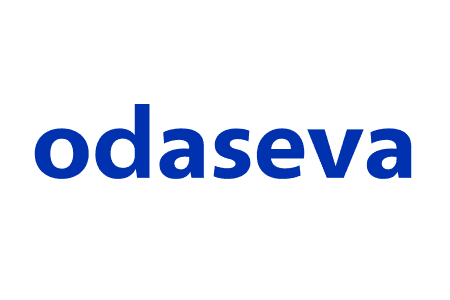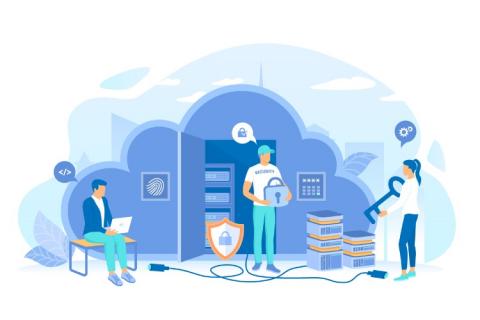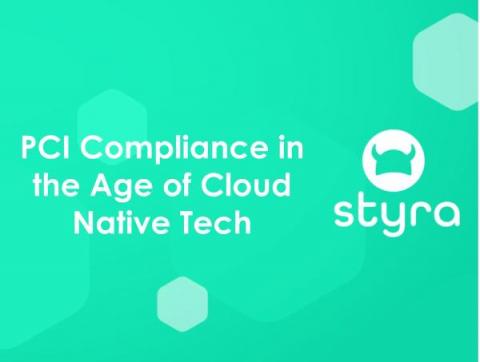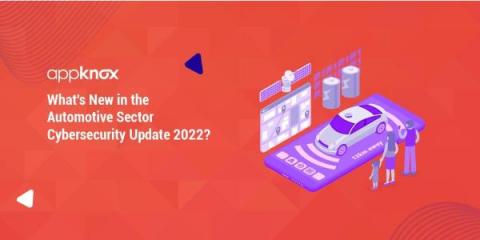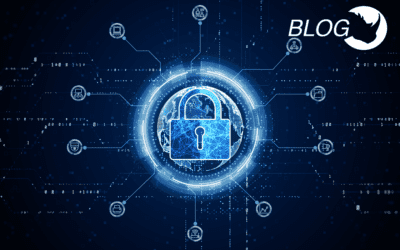Security | Threat Detection | Cyberattacks | DevSecOps | Compliance
Latest News
Odaseva to Launch Privacy Solution, Solve Compliance Challenges for Enterprises using Salesforce
Fix the Broken State of Security with a "Security for all" mindset
Which cultural values empower businesses to thrive today? That's an open question, of course. But I suspect most employees, managers, and analysts would include items like collaboration, transparency, and creativity on the list of essential ingredients in business success. Indeed, you could argue that these values are at the core of a variety of modern organizational and technical innovations, from DevOps (which is all about collaboration) to open source software (which centers on collaboration and transparency) and the creator/maker movement (which is, of course, all about creativity).
Tetra Defense Joins Arctic Wolf to Transform Incident Readiness and Response
PCI Compliance in the Age of Cloud Native Tech
The Payment Card Industry Data Security Standard (PCI DSS) entered the scene back in 2004 with the rise of payment fraud. Created by leaders in the credit card industry, PCI DSS was developed to provide a baseline of technical and operational requirements designed to protect cardholder payment data and was commonly understood by those in the legacy security world.
What's New in the Automotive Sector Cybersecurity Update 2022?
With new threat actors appearing every day, cybersecurity is becoming increasingly crucial, particularly in the automotive industry. One of the most well-known applications of the internet of things is connected vehicles. In reality, with between 70 and 100 Electronic Control Units (ECUs) integrated into each vehicle, automobiles have evolved to become the key players in internet-of-things environments.
Quantum computing brings new security risks: How to protect yourself
Although commercial quantum computing may still be decades away, government agencies and industry experts agree that now is the time to prepare your cybersecurity landscape for the future. The power of quantum computing brings security complexities that we are only beginning to understand. Even now, our cybersecurity climate is getting hotter. The average cost of a data breach reached an all-time high in 2021, and the attack vector grows larger by the minute.
The state of the SOC: skills shortages, automation and gaining context remain a challenge for SOCs
The security operations center (SOC) has been on the front line facing the pandemic-induced escalation of cybersecurity threats in the past eighteen months. A 2020 study by Forrester found that the average security operations team receives more than 11,000 alerts per day and that figure is likely to have grown in the intervening period. While they were deeply engaged responding to the crisis, SOC teams were simultaneously facing the disruption common to all formerly office-based workers.
Snyk's shift left approach to API development
Snyk’s developer security platform provides developers and security professionals with the tools they need to build and operate modern applications securely. Snyk enables users to shift security left and to embrace a DevSecOps model. Modern application development teams understand that shifting left means bringing information to developers’ fingertips as early as possible in the development process to create efficient and secure applications and development processes.
Hunting pwnkit Local Privilege Escalation in Linux (CVE-2021-4034)
In November 2021, a vulnerability was discovered in a ubiquitous Linux module named Polkit. Developed by Red Hat, Polkit facilitates the communication between privileged and unprivileged processes on Linux endpoints. Due to a flaw in a component of Polkit — pkexec — a local privilege escalation vulnerability exists that, when exploited, will allow a standard user to elevate to root.



